Turkish cuisine is renowned worldwide and each province has its own unique dishes thanks to centuries of different influences through trade, wars and migration, especially during the Ottoman Empire.
If you know a bit of Turkish or you love a good Turkish dish, you’ll likely be checking out Turkish recipes online, though mostly you are left disheartened when you find that even Google Translate can’t help with some phrases. Granted that not all Turks who are not that involved in the kitchen will know what some of these terms mean, even if they have heard them throughout their lives. Even I, when writing down some recipes each week, have to wrack my brain as to think of ways of how best to explain it.
But before we dive into the nitty-gritty, let's start with measurements, which can make or break your dish, especially when it comes to baking.
Popular measurements mentioned in Turkish recipes
- Su bardağı
This is a standard-sized Turkish “water glass” and is used to measure all kinds of things. The liquid volume of these glasses is 200 milliliters and can be compared to a classic U.S. cup of measurement.
- Çay bardağı
The iconic thin-waisted/tulip-shaped Turkish “tea glass” is used in lieu of a water glass to measure a lot of things. While there are now a wide variety of tea glasses, which do lean more on the bigger side nowadays, the ones mentioned in classic Turkish recipes refer to a liquid volume of 100 milliliters.
- Yemek kaşığı, tatlı kaşığı and çay kaşığı
These are the three different kinds of spoons you can encounter in a Turkish kitchen but if you are from Europe or the U.S. you may fall victim to misunderstandings. A "yemek kaşığı" is a tablespoon and is roughly the same all around the world. A "tatlı kaşığı" is when things start to get confusing. Meaning “dessert spoon,” this type of spoon is what the world calls teaspoon. But in Turkey, a "çay kaşığı," aka Turkish teaspoon, is significantly smaller, which considering their tiny tea glasses is a necessity. About four Turkish teaspoons equal a U.S. or European teaspoon in volume.
- Tutam, çimdik and fiske
These three mean essentially all the same: a pinch. But the thing is that "tutam" is used for more substantial things such as chopped-up parsley or alike, usually involving at least three fingers rather than the usual two. Çimdik and fiske are used more for salt and other seasonings. Fiske could even be considered a flick, and smaller in amount than çimdik.
The question of flour
Turks love their sweet or savory pastries, böreks and layered desserts, so you'll come across a lot of flour in recipes. When tackling some doughy recipes, you might find the following phrases may be confusing.
- Aldığı kadar un
This phrase means something along the lines of “however much flour it can take.” Considering that there are different consistencies of dough, this phrase is nothing short of baffling. If nothing else is mentioned and there are no exact measurements or mention of consistency, it really comes down to what kind of recipe it is. If it is a cake, the dough should be fed enough that it preserves a bit of a runny texture but anything else like bread or doughy creations will have to be kneaded, meaning you should strive for a soft but no longer sticky dough. One such example is revani. I had to measure my flour before writing it down for our Ramadan Bayram dessert recipe series. My guess is that a few years back, the quality of flour would change from brand to brand (not to mention different types as well), so going with a description of consistency was a better gauge than giving exact amounts (speaking from experience).
- Kulak memesi kıvamında
Usually paired with the phrase above, this means the dough should be “as soft as your ear lobe.” The dough you want to achieve here should be on the softer side while not being sticky anymore. A great example of this is the Braided Easter bread. It is a yeast bread/dough but leans more on the softer side.
- Cıvık and vıcık
While not only used in recipes involving doughs, these two words mean “runny,” or even kind of slimy, depending on the recipe.
On the stove
When it comes to cooking and cutting, the Turks have quite a few creative terms they like to use.
- Kokusu çıkana kadar
This phrase can be used in almost anything that is sauteed and literally means “until the smell comes out.” For example, if you want to make the dessert "helva," you need to cook the flour until it browns a bit and gives off that distinct smell. But if you are frying garlic, you will only have to cook it for a bit until it is aromatic and the smell is all over the kitchen – you will not want to burn it!
- Pembeleşinceye kadar
This phrase literally means “until it turns pink" and is used mostly when describing sauteeing onions or barley noodles. This doesn't mean that you should expect to see pink hues in your cooked onions, so do not worry. This simply means that they should start to turn a slightly different color (translucent in this case) and soften.
- Suyunu çekene kadar
This means in a literal sense “until the water/fluid has been absorbed” but refers to the fluids released by meat or vegetables while cooking on a stove. What is really meant is to continue cooking until the liquid, either from the ingredient itself or added in later, has either vaporized or soaked in. Sometimes this is used for rice and bulgur dishes as well.
- Göz göz olmak
Speaking of liquids, this literally means “until you can see 'eyes' form.” When you don’t know what is meant, this can sound quite morbid but it is definitely not. Depending on the recipe you are working on, this usually means bringing it to a boil and let it cook until bubbles (the eyes) form, as is the case with fried eggs. But it can refer to things getting porous as well, depending on the recipe.
- Terbiye yapmak or terbiyelemek
Terbiye alone means “manners” in Turkish but here it is a specific type of dressing used in soups and some stew-like vegetable dishes. The Thracian wedding staple "ekşili köfte" soup (sour meatball soup) or a sour celery stew will call for you to make a "terbiye," which is made with an egg yolk and a tablespoon of flour and yogurt. You will want to add a bit of the hot water from your dish into this mixture before adding the whole thing otherwise you will have lumps and chunks of cooked yogurt, not a smooth consistency.
- Bir taşım kaynatmak
You are likely to come across this while making soups, stews or puddings and means to get it to a boil for a short moment. Usually wanted after the soup has been dressed, the recipe will ask you to get the whole soup to a boil and turn the heat off and wait before serving.
- Öldürmek
Kill, kill, kill! That’s what it literally means but despite the murderous flair it gives to cooking, it only means to sautee something on high heat and make it softer. For example, when you have onions, the Turkish recipe may want you to “kill” it, which can go two ways: it will either call for you to rub fresh onions with salt and then wash under cold water to get rid of the bitterness if to be consumed raw or to be sauteed enough that it softens and loses a bit of its volume.
- Börttürmek
This is the lighter version of "öldürmek." Basically, it means to cook in water slightly or sautee very lightly, depending on the ingredient used.
Other phrases
- Alacalı soymak
This is my personal nemesis. Whenever there is an eggplant recipe, such as the karnıyarık, I opt for a long explanation such as peeling them lengthwise to create stripes like a zebra's, or some other creative descriptions. Preparing eggplants this way is the traditional route to go and this manner of peeling is ingrained in the Turkish language as such. Of course, other oblong vegetables can be peeled in this manner but usually, it is an eggplant.
- Kuşbaşı doğrama
If you live in or have ever visited Turkey, you will have seen meat sold cut in different shapes and one of them is “kuşbaşı,” literally meaning “bird's head,” which sounds rather unappetizing. While no bird heads are involved (in the case with red meat anyway), this is a term that means that the meat is cut in cubes about the size of 1.5-2 centimeters (just under an inch).
- Göz kararı
Literally meaning “decision of the eye,” this is a tricky measurement for those who are not too familiar with cooking. You will have to let your gut decide, or rather measure with your eyes, however much you need. It is the favorite unit of measurement for Turkish grandmothers. If you are lucky the recipe will also describe a certain consistency you'll need to achieve, which will be your main clue.
- Boca etmek
While Turks have verbs like “dökmek” for pouring and “karıştırmak” for mixing, this term here would be to tip or more precisely, souse. You will need to soak or drench the ingredients in question or just pour them on top whenever a recipe calls for this.
https://www.dailysabah.com/life/food/explainer-weird-turkish-cooking-terms-and-what-they-mean
2021-02-28 12:57:31Z
CBMiXWh0dHBzOi8vd3d3LmRhaWx5c2FiYWguY29tL2xpZmUvZm9vZC9leHBsYWluZXItd2VpcmQtdHVya2lzaC1jb29raW5nLXRlcm1zLWFuZC13aGF0LXRoZXktbWVhbtIBYWh0dHBzOi8vd3d3LmRhaWx5c2FiYWguY29tL2xpZmUvZm9vZC9leHBsYWluZXItd2VpcmQtdHVya2lzaC1jb29raW5nLXRlcm1zLWFuZC13aGF0LXRoZXktbWVhbi9hbXA
Bagikan Berita Ini



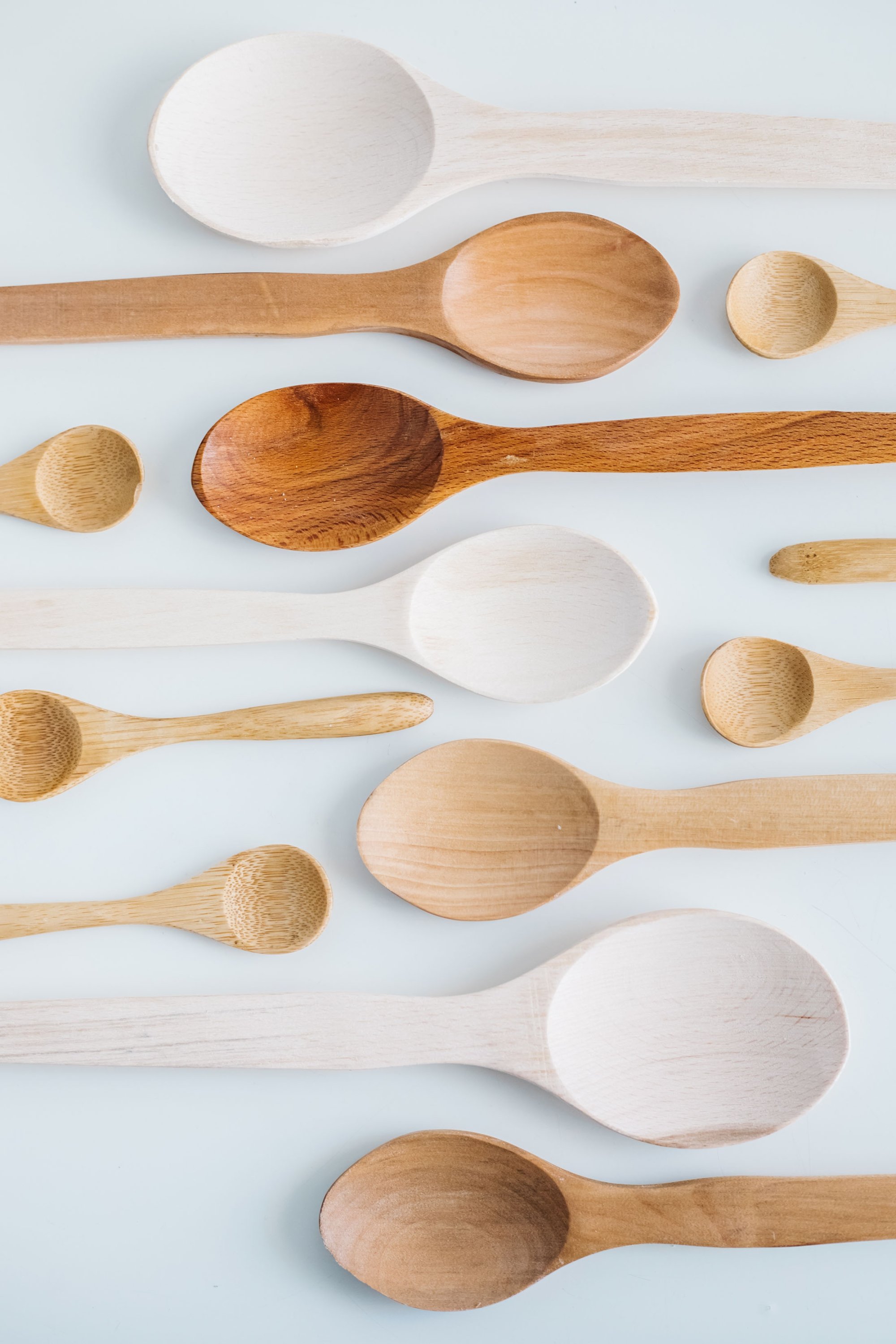
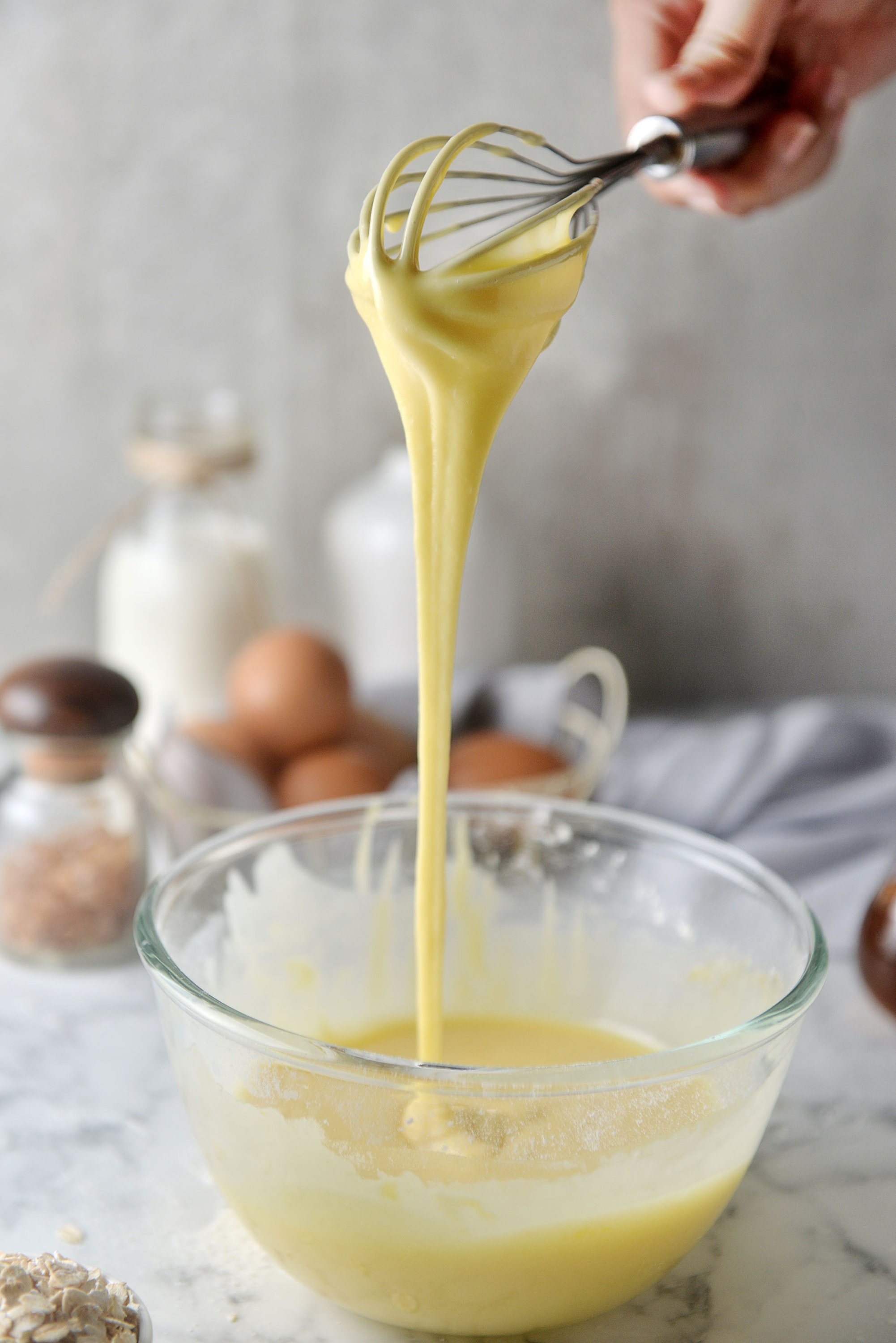
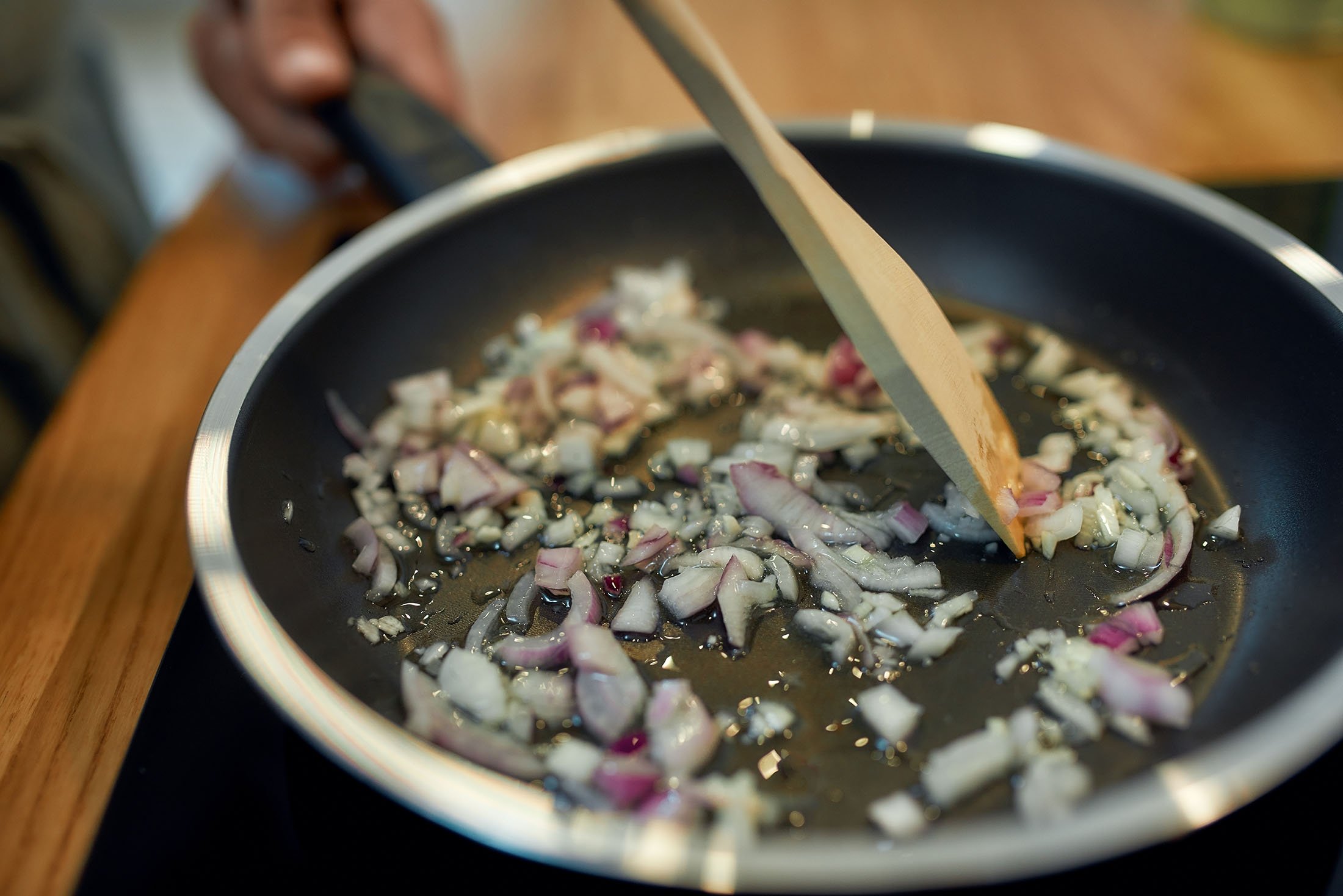
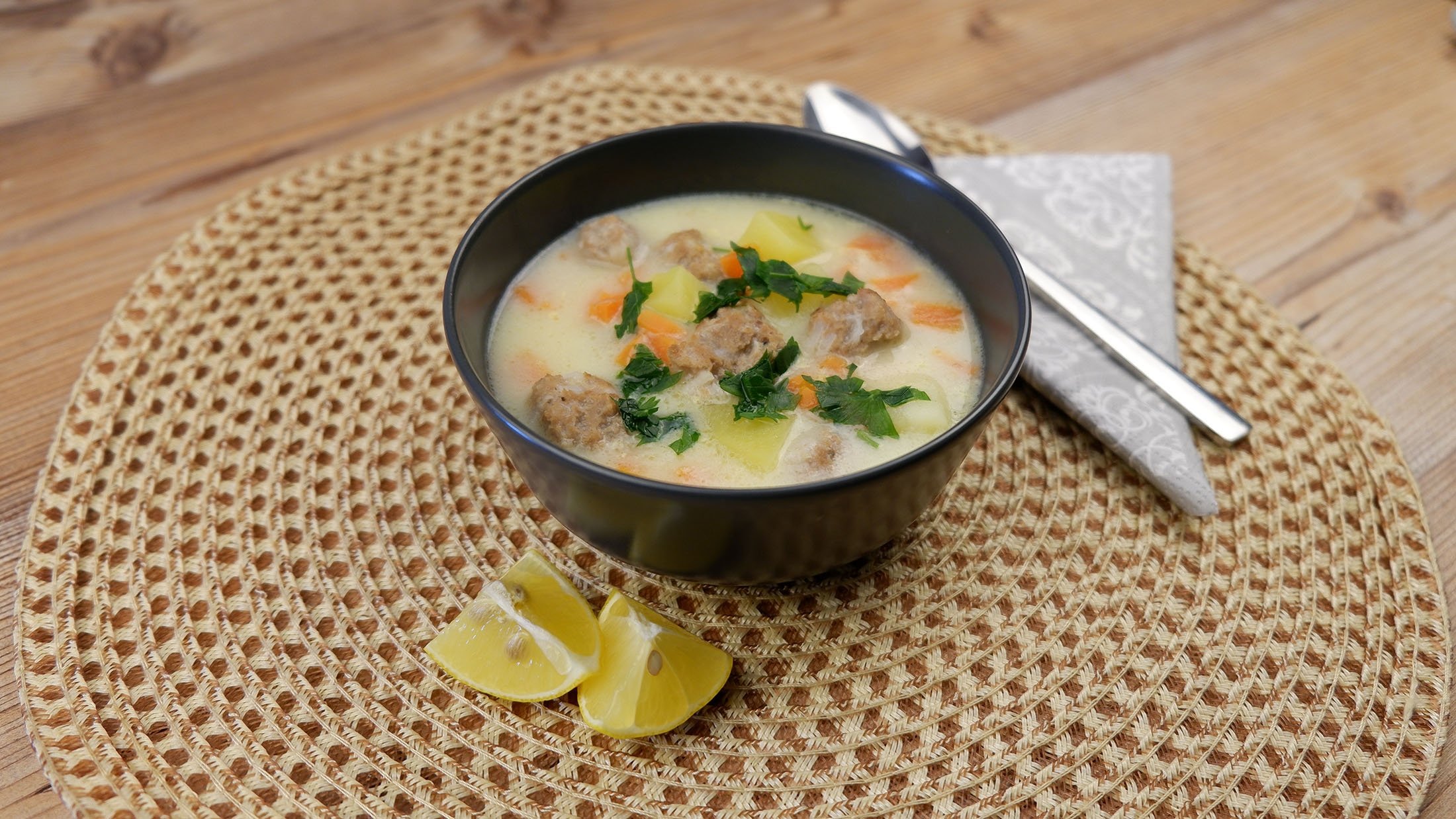
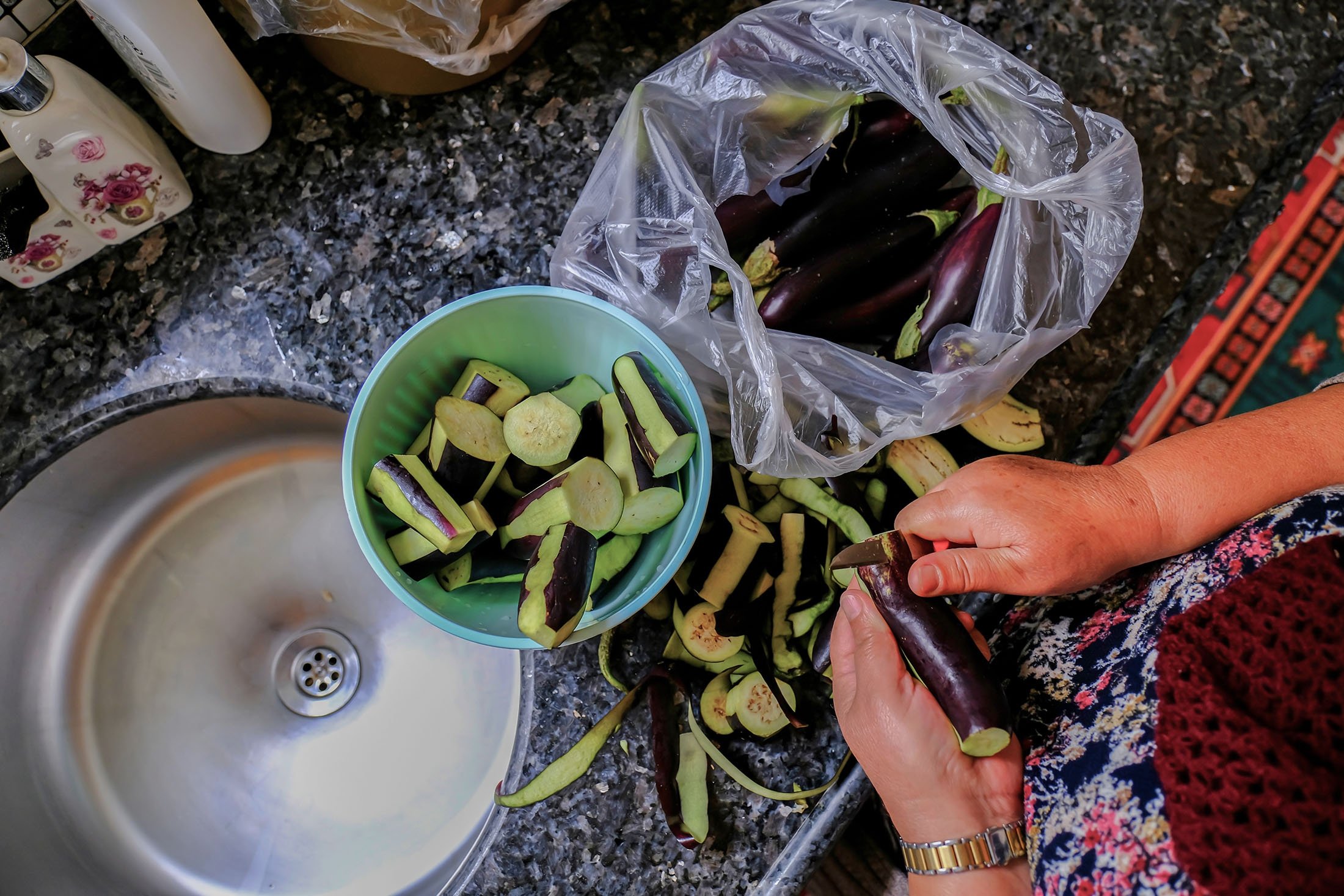
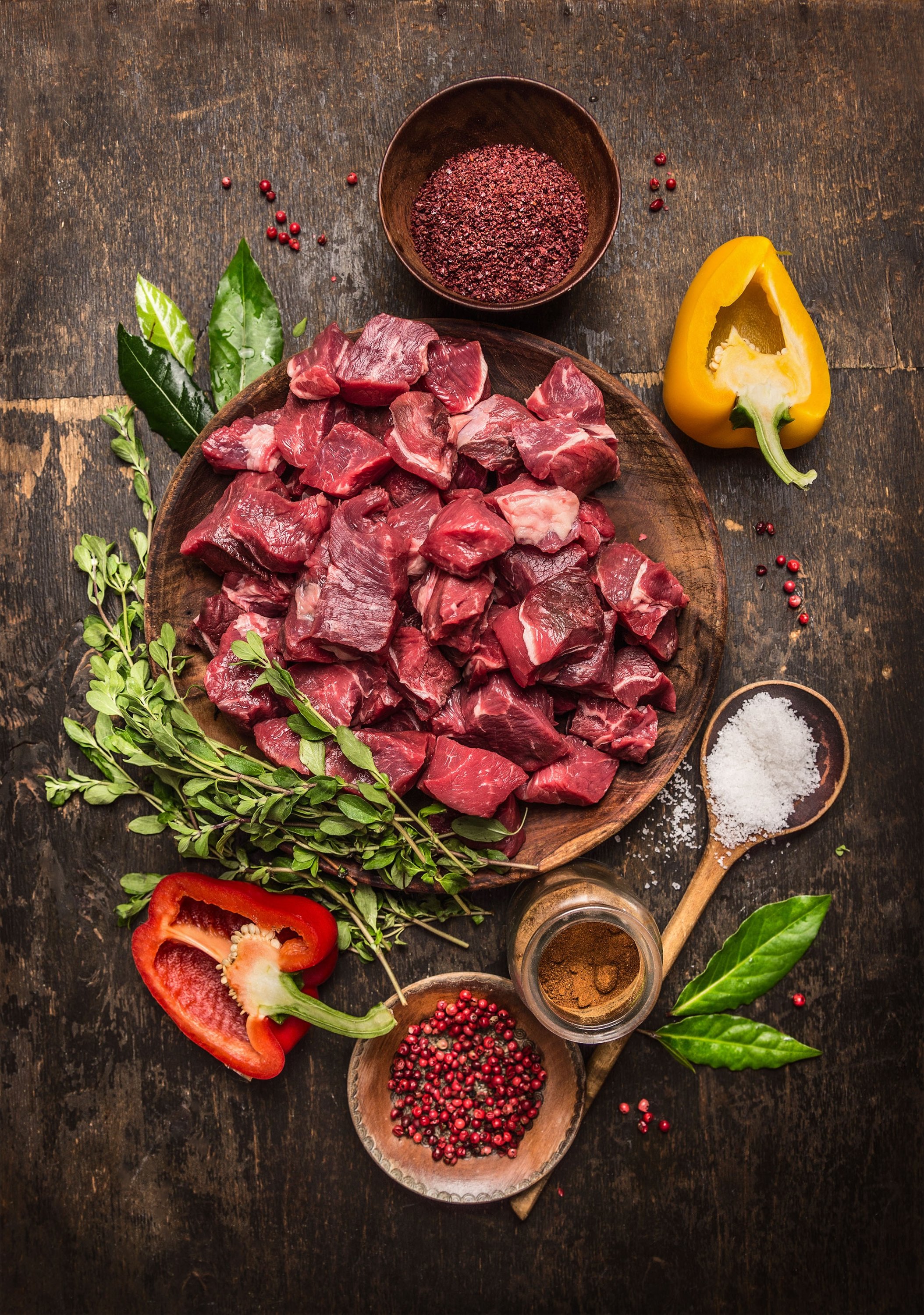















0 Response to "Explainer: Weird Turkish cooking terms and what they mean | Daily Sabah - Daily Sabah"
Post a Comment